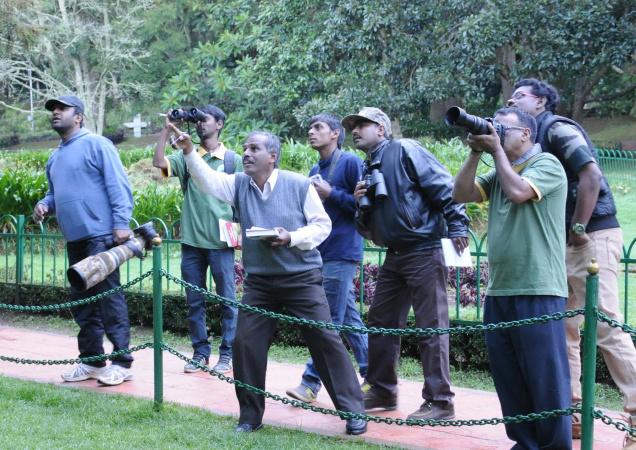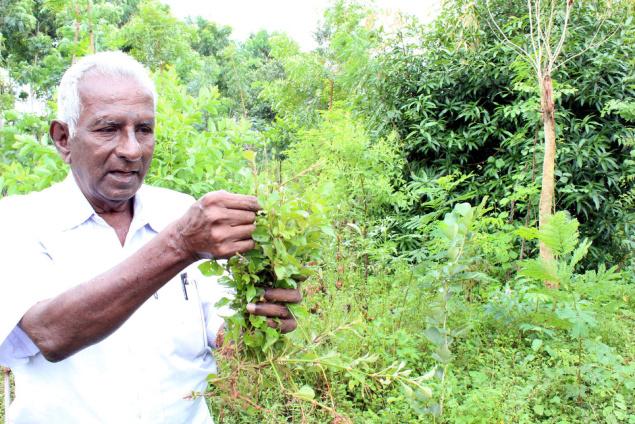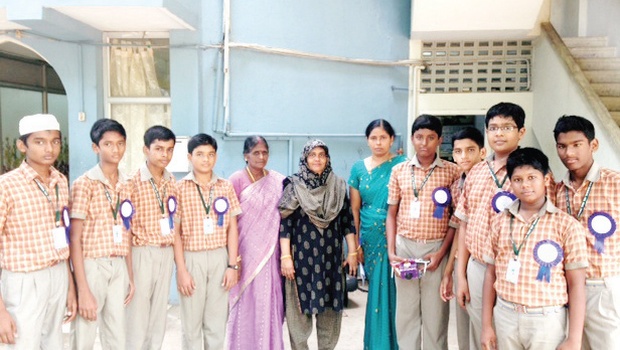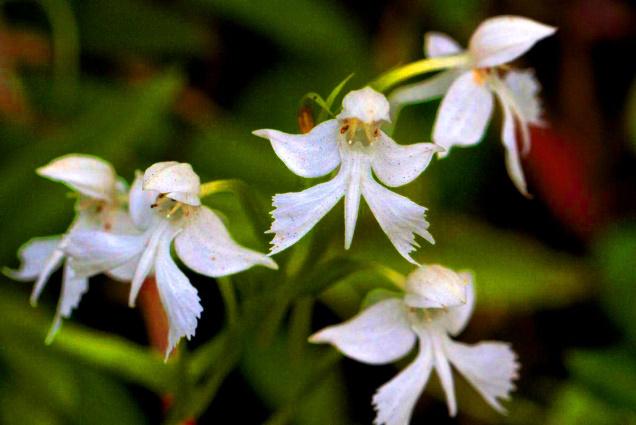Chennai :
With real estate prices and cost of construction on the rise, owning a house in cities remains a dream for the middle class. But it might soon be a thing of the past, courtesy IIT Madras and its efforts to popularize the cost-effective, rapid and eco-friendly method of construction using Glass Fiber Reinforced Gypsum (GFRG) panels.
After the successful construction of a two-storey building at the IIT campus in June this year using GFRG panels, experts from the civil engineering department of the institute are close to an agreement with Tata Housing Development Corporation Ltd to build a housing project at Boisar, a suburb in Mumbai, for low-income groups.
The GFRG building method essentially uses glass fibres and specially calcined gypsum plaster to make the regular panel stronger and water resistant.
According to Shinto Paul, structural design engineer for the GFRG building at IIT-M and PhD scholar at the civil engineering department, the foundation for the building is laid in the regular manner and GFRG panels are used for erecting the remaining superstructure with minimum concrete usage except at the joints and cavities of the panel. Once the foundation is constructed and the panels are erected, the main structure can be built in a few days.
However, while using GFRG panels, all floors should ideally have the same floor plan. Curved structures and domes are best avoided or concrete can be used for such areas.
“The rapid low-cost housing project is headed in the right direction and we are in talks with Tata Housing to use the technology for mass housing projects. We are also collaborating with various state governments and housing structures are already being built in Kerala using this technique.” said Bhaskar Ramamurthi, director, IIT Madras.
A senior official with Tata Housing confirmed the development and said the pilot project discussions were under way. The pilot module of the Boisar project consists of nine buildings, each with five floors and eight apartments on each floor. After the construction of the pilot module, the project may be scaled up with more buildings. It is estimated that the total cost of construction will be limited to less than 1,200 per sqft.
“We have been getting numerous enquiries about the project after the completion of the demo building at our campus,” said A Meher Prasad, head of the department of civil engineering, IIT Madras. The 1,981sqft two-storeyed building at the IIT campus, with two one-bedroom and two two-bedroom apartments, was completed in just a month at a cost of 24 lakh.
“We are constructing a 54-unit housing building for Kerala government at Chottanikara at a cost of 1,000 per sqft. The idea is to bring down the cost of constructing the structure and the customer can choose the remaining accessories and fittings,” said Shinto Paul.
As of now, the GFRG panels are being manufactured at FACT-RCF Building Products Ltd (FRBL) in Kochi, a joint venture between The Fertilisers and Chemicals Travancore Ltd (FACT) and Rashtriya Chemicals and Fertilisers, Mumbai. Proposals have been mooted to the Union government and more manufacturing units for GFRG panels are expected to be set up across the country to further scale down the transportation cost of the panels.
source: http://www.timesofindia.indiatimes.com / The Times of India / Home> City> Chennai / by Binoy Valsan, TNN / November 24th, 2014



